

To commemorate International Women’s Day—or well, week for us ladies here at Medianetic—we’re going to go down memory lane.
If you’re a history buff or just a curious cat like me, then you must be wondering about the history of women in marketing. While women’s history is incredibly important, it often gets glossed over. However, today is not the day it gets pushed aside!
Fun fact: Did you know that Women’s History Month did not get nationalized until 1980? Crazy, I know.
According to Campaign Live, the marketing industry used to be heavily male-dominated, but the scale has now been tipped. In fact, as of 2019, 64% of the marketing industry is now composed of women. To further break it down, research shows that 52% of senior-level marketers are female and women account for 47% of CMOs.
However, when we crack open our history books, it’s been recorded that women have already been in the world of marketing since the 1880s!
Here are just a couple of impressive women that changed the world of marketing:
Mathilde C. Weil, an immigrant from Germany, came to America shortly after her husband’s death in the 1870s. When she first started out, she worked as a translator and was fluent in German, English, Spanish, and French. Talk about an impressive woman! She also had experience in newspaper and magazine writing, but soon discovered that she could make more money by purchasing and selling ad space.
That was when her advertising career began. Her Eureka! moment became a truly significant feat because Weil ended up establishing her very own company in New York—the M.C. Weil Agency—in 1880.
Fun fact: This was 40 years before American women had gotten the right to vote.
Though James Walter Thompson has been credited with opening the first ad agency, it was Mathilde that actually spearheaded the advertising industry.
When Weil opened up her firm, it functioned as the middleman between advertisers and publications, with a strong specialization in medicine accounts, which was a very lucrative business to be in. Throughout her extensive career, she partnered with two other women—Mary Compton and Meta Volkman—who assisted in handling other accounts, which made it a solely female run firm. What makes her so notable is the fact that Mathilde ran her agency so successfully that she was able to continue her passion for the entirety of her life.
She truly exemplifies what it means to be an icon for women and workplace diversity/inclusivity. Her legacy as a groundbreaking entrepreneur, writer, and business owner serves to be an inspiration today for up-and-coming female marketers—showcasing how when there’s a will, there’s a way.

Source: Bandt
Helen Bayless Lansdowne Resor, born on February 20th, 1886, was raised a single mother along with her siblings. She followed in her mother’s footsteps and entered into the workforce after her high school graduation. After working her first job at a local manufacturer, she gained her first advertising experience at Procter & Collier. From there, she moved on to her first creative position, which focused on writing retail advertisements for the Commercial Tribune. Following her successes at Commercial Tribune and Street Railways Advertising Co, she became the first female copywriter at J. Walter Thompson Co.
After just three short years, she was promoted and moved to the agency’s New York office, where she helped create the first campaign for Crisco. But the real horizontal growth for Helen began when Stanley Resor bought J. Walter Thompson Co in 1916. After he became its president, Helen became responsible for the creative side of advertising. The couple married a year later and was known for being a prominent pair in their industry.
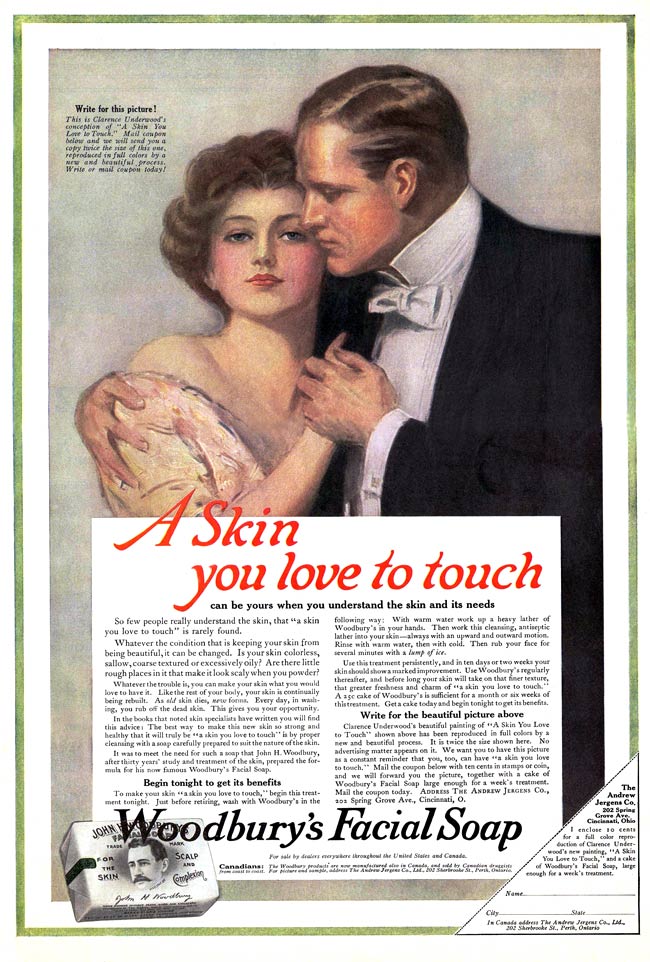
Helen was known for many firsts in the industry:
She has been credited as #14 on the list of 100 Advertising people of the 20th Century by Ad Age. She was posthumously inducted into the Advertising Hall of Fame in 1967.
In her decades of service, Resor was credited with many contributions that shaped the industry as a whole. As the first woman to develop and execute national advertising, she became a bridge for many women looking to enter the field of male-dominated advertising. Throughout the years, she actively mentored young women and further supported her fellow females by creating a women’s editorial department within J. Walter Thompson Co. where women were encouraged to speak their minds.
Because of Resor, her agency became renowned as a female-friendly organization that challenged its competitors to follow its example. Her impassioned dedication to truthfully presenting the female experience established her belief that “copy must be believable”, and this drove the inclusion of more women in the advertising field.
During World War II, Resor and her creative team were responsible for the campaign titled “Women must work to win the war,” which resulted in three million women entering the workforce by 1943.
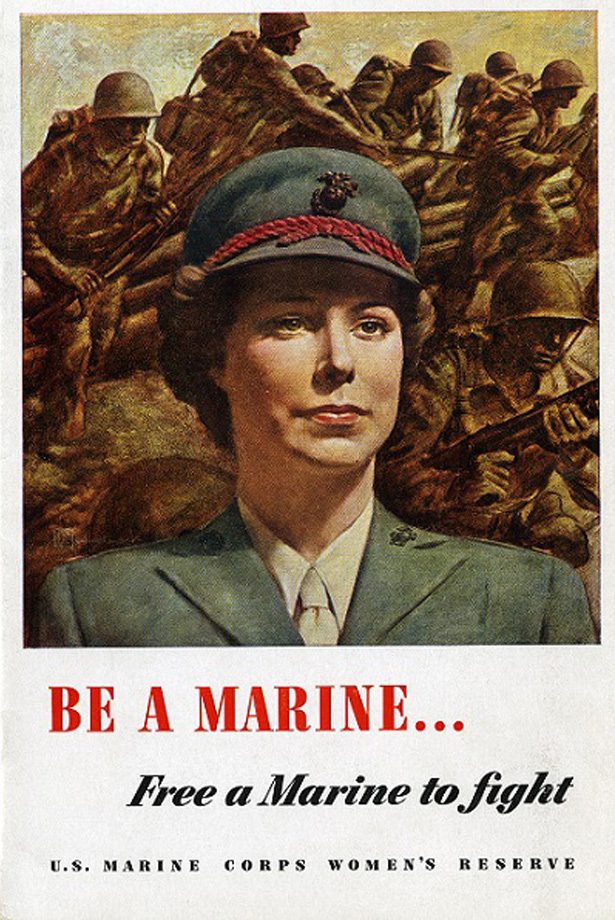
Source: Ad Pulp
Lansdowne most notable mention is being renowned for her utilization of sex appeals in advertising. (If you figured this out in our companion mini quiz, congratulations!) This first came into play during her 1911 print advertisement for the Woodbury Soap Company. The ad featured a woman with a fair complexion being touched by a man with the accompanying headline “A skin you love to touch”. This ad campaign became so popular that Woodbury used the same slogan until the 1940s. In addition to Helen’s revolutionary use of sex appeals, she also implemented her innovative “feature story” writing style, where advertisement copy closely began to resemble the editorial copy style that was utilized in magazines.
It was through her expert application of visual and textual cues that affected the audience’s emotions and made it one of the three greatest landmarks in advertising history. Lansdowne is the prime example of seizing opportunities and turning them into successes.
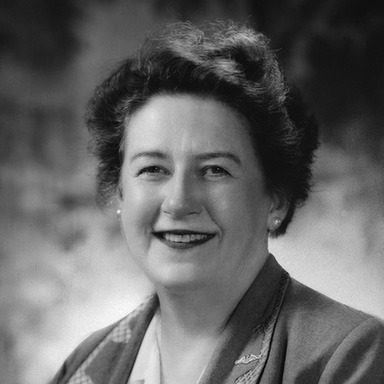
Source: The One Club
Bernice Bowles “Fitz” Fitz-Gibbon was born on September 6, 1894. Bernice, the woman who revolutionized department store advertising, grew up on a Wisconsin dairy farm. She paid her way through university before making her way to New York in the early 1920s. She worked a summer at Wanamaker’s before joining Macy’s. During her 12 years at the popular department store, she came up with several of her most innovative and successful ad campaigns. Most notably, she coined the iconic phrase “It’s smart to be thrifty”, which Macy’s ended up using for years.
However, in the mid-30s, Macy’s wanted to cut her salary, so Fitz-Gibbon made her way back to Wanamaker’s, where she helped transform it from a small downtown emporium to a serious competitor. When 1940 rolled around, she left for Gimbels and her trusty group of copywriters went with her. It was there that another famous phrase sprouted forth, “Nobody, but nobody, undersells Gimbels”.
It was 1954 when Fitz-Gibbon decided that she wanted to make it out on her own. So, what does a woman with many years of success under her belt do? She starts her own business! Fitz-Gibbon established her own small agency and named it Bernice Fitz-Gibbon Inc. She also subsequently became a member of the board of directors of Montgomery Ward and Company.
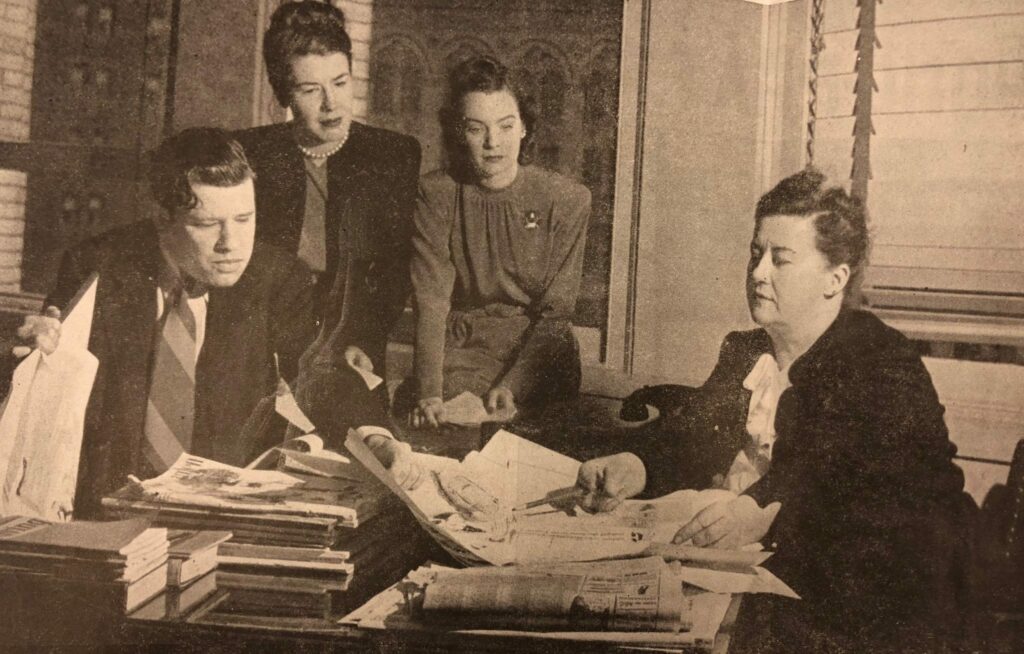
For the next ten years, she became renowned in the industry as a powerhouse. Not only was she reported to be the highest paid woman in advertising by the 1950s, but she was named Business Woman of the Year by the Associated Press. She was also cited as one of the seven top business women in the US by Fortune magazine. However, one of her greatest passions came from mentoring others. According to the American Advertising Federation, “She placed a strong emphasis on language and observation. That was the heart of her management philosophy. As a result, “a ‘Fitz-trained’ copywriter became a very hot commodity”.
Eventually, Fitz-Gibbon wound down her company in 1964 to enjoy the rest of her life, but that didn’t stop her from continuing to write ads and articles as a way to uplift others. Talk about an awesome role model for women in marketing!
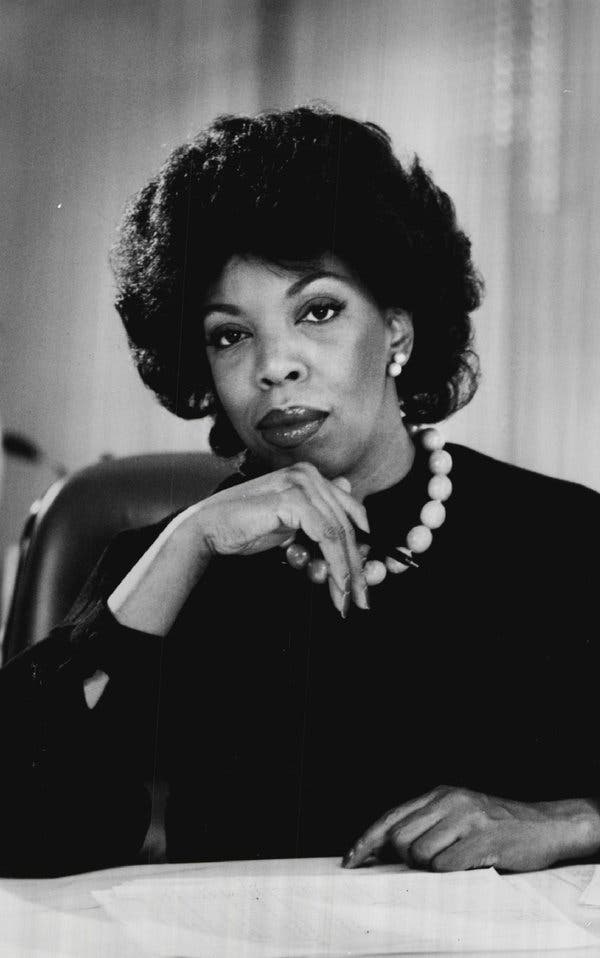
Source: New York Times
Born in North Carolina in 1932, Barbara Gardner Proctor was the first African American woman to own her own advertising agency. Her career first began when she was hired by VeeJay Records, where she wrote publicity material and liner notes for the company. This was a noteworthy accomplishment because she was the only African American woman working in that position in the music industry at the time.
When she became the director of VeeJay Records’ International Division in 1960, she brought The Beatles to the US for the first time. The company, under her leadership, was responsible for releasing The Beatles earliest records in the US.
In 1964, she joined the Post-Keyes-Gardner Agency and won 21 awards in the next three years while working there. Later, in 1969, she began working at Gene Taylor Associates as a copy supervisor, before working at North in a similar position. However, while at North, she thought that was limited to dealing with beauty and household products—that the company focused on pleasing the customer rather than selling the product. She ended up being fired from that position for refusing to work on a television commercial that featured a hair care product because she felt that it demeaned the Civil Rights Movement.
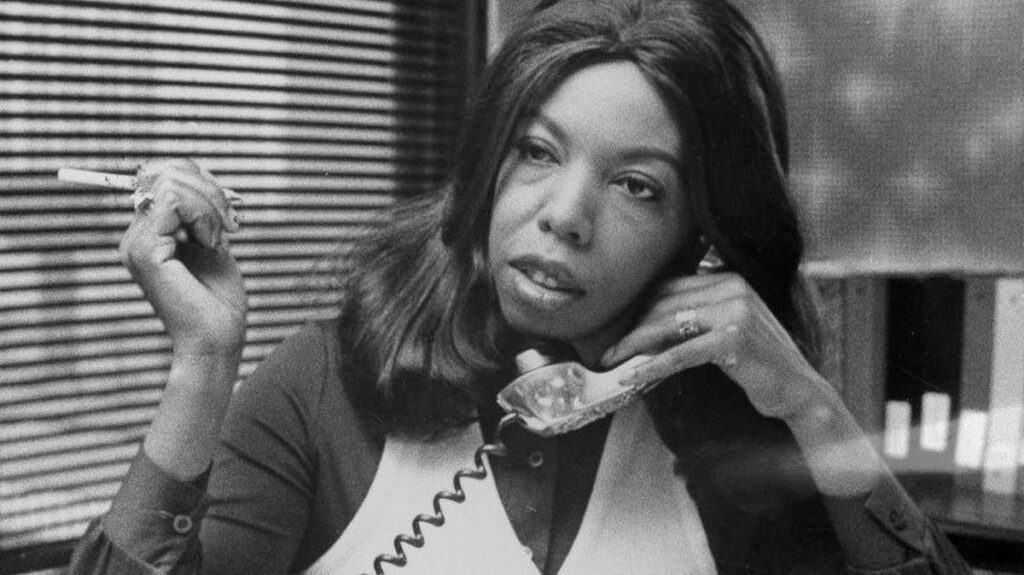
Source: Chicago Tribune
This event spurred her on to start her own advertising agency, Proctor and Gardner Advertising Inc., in 1970. With the help of a US Small Business Administration loan, her agency flourished under her leadership. She accomplished several notable achievements:
Her success garnered the attention of President Ronald Reagan, where he named her as an example of the American “spirit of enterprise” in his State of the Union address in 1984.
Unfortunately, her business saw a decline after the 1980s recession and was forced into Chapter 11 bankruptcy in 1995. Although her company had shuttered, she launched Proctor Communications Network, which offered services in online marketing and website design. The company was later dissolved, but Gardner Proctor was often commended for being a trailblazer in both business and social awareness for her industry.
Proctor was a living example of what it meant to beat the odds and rise up on pure drive, tenacity, brilliance, and grit.
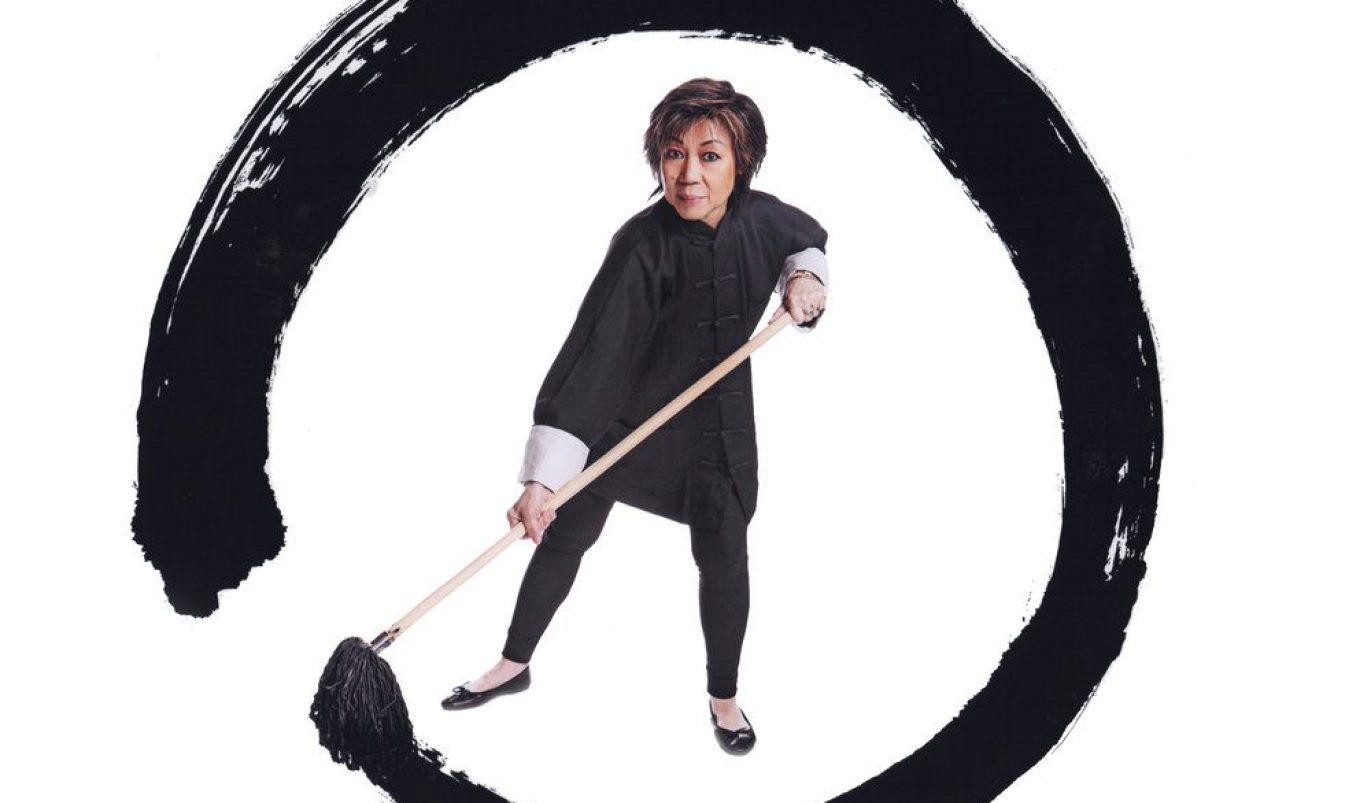
Source: Cathy Heng
It’s time to fast-forward to the modern era. Cathy Heng, a Singapore-born British art director, definitely stands on her own two feet as a woman who’s shaping the history of marketing. Throughout her impressive career, she worked with a number of leading agencies and global clients. She’s been described by Graham Ford as one of the best art directors he’d ever worked with. Among her top accolades, she’s featured in Campaign’s Top 100 Hall of Fame work for her brilliant “Shaken. Not stirred.” campaign for BMW.
She describes her driving forces to be creativity and clarity in communication on the About page of her website. “My energy, passion for design and great instinct for what looks ‘right’ means brand concepts, packaging, infographics, design, ads and photography will fit the brand I work for in a meaningful way,” said Heng. According to Campaign, Heng focuses on the idea itself. “Always get to that amazing idea first, then everything else follows. The rest is easy,” stated Heng.
Her passion and values for her work set the precedent for women in the industry. She demonstrates what it means to be driven by great ideas, ambition, and artistic integrity.
These women are outstanding examples in marketing. Their ideas, skills, and actions contribute to the insurmountable changes made in the industry for women.
We see the narrative changing everyday for women. Popular campaigns like Dove’s Real Beauty, Alway’s #LikeAGirl, Nike’s Until We All Win, Aerie’s #AerieREAL, Sport England’s This Girl Can, Ikea’s FiftyFifty, North Face’s Never Stop, and more, are making a difference in inclusion, diversity, and equality.
However, we need to continue the fight for real representation and equality! Marketers need to actively create ads that engage with women in authentic and significant ways.
Here are three ways you can market to women:
You can’t simply target a singular female demographic. All women are different and unique in their own ways, so it’s smart to always assume that no marketing person just needs to target “a woman”. Respect diversity. Be inclusive. Don’t fall into the trap of generalizing the entire female population and stereotyping them. Instead, conduct thorough research and consider which is your viable target audience.
In order to ensure that your campaigns are successful, you need to act with thought, perceptiveness, and awareness. If not done correctly, many female-targeted efforts will fall short and backfire. Let’s take IBM’s #HackAHairDryer campaign as an example. In their misjudged attempt to encourage women to get into technology, women were offended by their efforts. Yikes.
McKinsey reported that gender-balanced marketing teams have a higher ROI. If you want to succeed in female-driven marketing, you’ll need to ensure that your team has women in it. It sounds like a no-brainer, right? You’d be surprised how often this is overlooked. The best rule of thumb to follow is that when you’re selling to female customers, consult a woman.
We must all play our part in the fight for equality, diversity, and inclusivity. There’s always room for more women in marketing. We need a diverse group of women in order to create inspiring campaigns that uplift others. Let’s continue the fight and stop future campaigns from generalizing, sexualizing, objectifying, and demoralizing women.
We’d love to hear from you! If you’d like to share your thoughts with us, send it in at hello@medianetic.me.

Medianetic Sdn Bhd
200301016995 (619415-K)
No. 59, 2nd Floor, Block E, Zenith Corporate Park, Jalan SS7/26 Kelana Jaya, 47301 Petaling Jaya, Selangor
hello@medianetic.me
+603 7960 3088 (Office)
Medianetic Sdn Bhd © 2023
Made by Medianetic